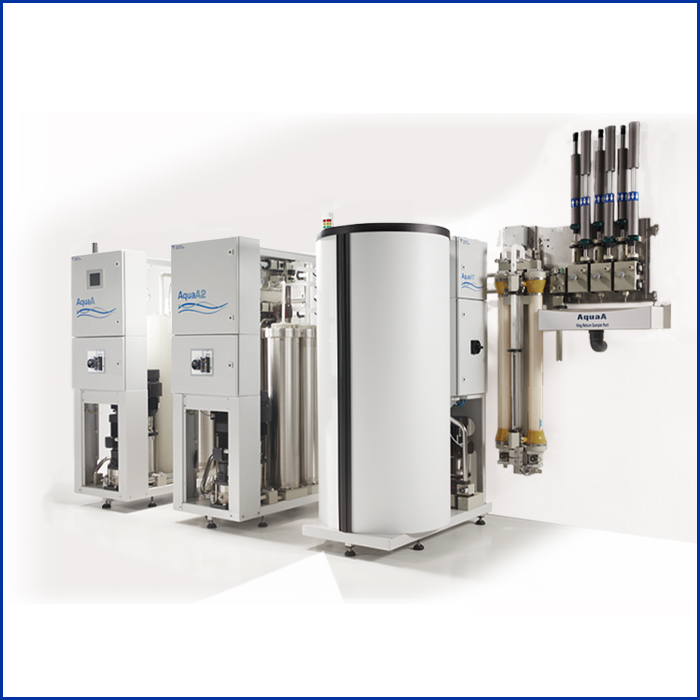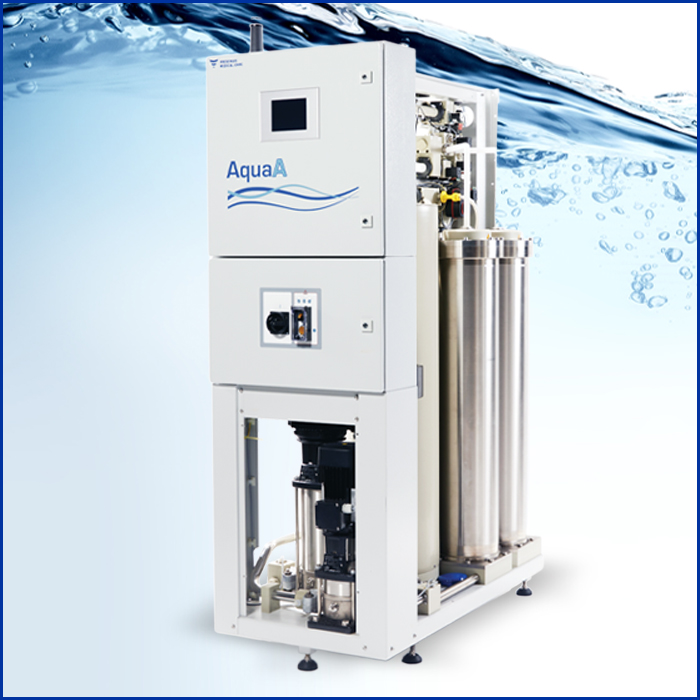Shining a Light on Dialysis Centers for Our Country’s Lawmakers
For many Americans, dialysis is a foreign concept, unless they or a loved one have had a personal experience with chronic kidney disease (CKD) or end stage renal disease (ESRD). That’s not only true for the general population but is often the case with legislators across the country. Since lawmakers can directly affect the quality of care for dialysis patients, it’s important for dialysis providers like Fresenius Medical Care in our United States centers to provide them with educational resources, particularly through tours of our centers.
We have a successful history of inviting elected officials and their staffers into dialysis centers, either virtually or in person, to spread awareness of CKD and how caring for this vulnerable patient population is vital to their well-being.
Adapting during COVID-19
Prior to COVID-19, dialysis centers welcomed local and federal lawmakers to share the reality of the challenges that come with needing regular dialysis. Due to the ongoing pandemic, these tours have shifted to be virtual, with groups of federal and local legislators and their staffers attending live video tours to introduce our mission, our dialysis centers, and our patients’ healthcare needs. While the tours continue to be held virtually, we hope to welcome in-person visits again when it is safe for our patients.
Sharing Our Mission
Each tour begins by sharing our mission to deliver superior care that improves the quality of life of every patient, every day, setting the standard by which others in the healthcare industry are judged. Then attendees get a brief explanation of what dialysis is and what treatment options are available. Presenters also share statistics specific to the region on how many patients we treat and the number of our dialysis centers in the region.
Presenters always note that transplant is the gold standard in treating ESRD, but that not every patient will be eligible for transplant and that the supply of kidneys available for transplant is insufficient for the demand. They go on to explain that home dialysis is also a good choice for patients and take the lawmakers through the home dialysis training process to demonstrate its effectiveness.
During the presentation and tour itself, attendees are encouraged to ask our staff questions to gain a better understanding of dialysis. We often discuss topics like:
How often do people need dialysis?
How long does each dialysis session last?
When will someone stop needing dialysis?
For many lawmakers, it’s a surprise to discover that dialysis is an ongoing, life-sustaining treatment where patients are typically scheduled to come in three times a week averaging four hours a session, though treatment time varies based on individual needs. Attendees learn that transplant is the only option to discontinue treatment and maintain health and that the need for kidneys is far greater than the supply.
Tour guides also explain the importance of home dialysis and home dialysis training for patients, as well as some of the barriers patients may face in seeking home therapies, such as not having adequate space or a care partner to help administer treatment. In addition, we emphasize that patients often rely on third-party transportation services that may require them to wait before or after treatment, lengthening the process. As many patients seeking transportation assistance are using government services, this can be a particularly compelling feature of our tours with concrete actions legislators may take.
Showcasing Our Centers
After learning dialysis basics, tours currently travel through a center via a laptop computer, where they can view dialysis machines, chairs, and training spaces. If there is a patient undergoing dialysis who doesn’t mind being on camera, legislators on the tour can ask that patient questions about their experiences. Patient privacy is always a top priority, so patients are never shown or identified without explicit consent.
In addition to the treatment and training areas, tours take attendees behind the scenes to the water filtration rooms. Access to ultra-filtered water is a key component in dialysis and city tap water isn’t sufficient. Our centers include robust water filtration systems to provide safe, effective treatment.
The Importance of Understanding
The ability to learn about dialysis, see treatment centers, and speak with patients is the best way to fully understand the importance and impact of dialysis for people with CKD and ESRD. By taking the time to educate these crucial decision-makers, we are able to show the life sustaining care provided by our company to patients with end stage kidney disease. And it is this understanding that helps lawmakers make informed decisions on legislation that relates to people thriving on dialysis.



